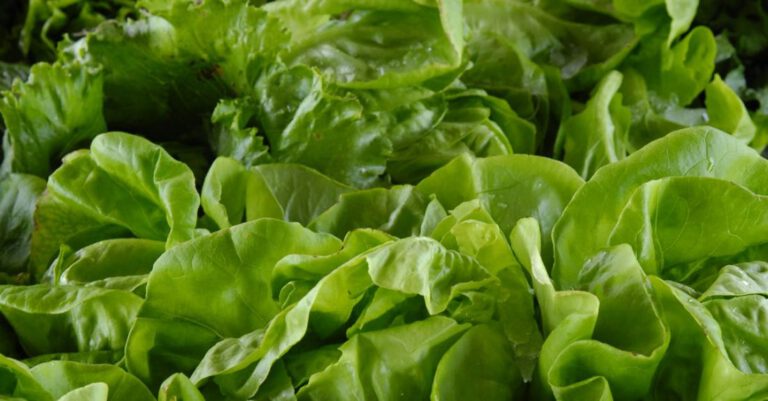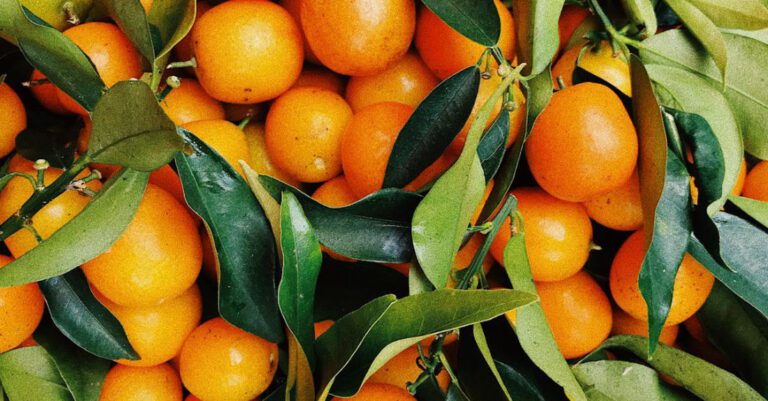
As the seasons change, so do the fruits and vegetables available at the market. To make the most of these fresh, seasonal produce items, it’s essential to know how to store them properly. Proper storage can help extend the shelf life of your fruits and vegetables, ensuring that they stay fresh and flavorful for as long as possible.
Understanding the ideal storage conditions for different types of produce can be the key to reducing food waste and saving money. Here are some tips on how to store seasonal produce properly:
Store Fruits and Vegetables Separately
When it comes to storing produce, it’s important to keep fruits and vegetables separate. Fruits produce ethylene gas, which can cause vegetables to ripen and spoil more quickly. Store fruits in a separate area from vegetables, or in a different drawer in your refrigerator, to prevent this gas from affecting your vegetables.
Keep Root Vegetables in a Cool, Dark Place
Root vegetables like potatoes, carrots, and beets should be stored in a cool, dark place to prevent them from sprouting or becoming soft. A root cellar or a cool, dry pantry are ideal places to store these types of vegetables. Make sure to remove any greens attached to root vegetables before storing them, as the greens can draw moisture away from the roots and cause them to spoil more quickly.
Refrigerate Leafy Greens
Leafy greens like lettuce, spinach, and kale should be stored in the refrigerator to keep them crisp and fresh. To store leafy greens properly, wash them and dry them thoroughly before wrapping them in a paper towel and placing them in a resealable plastic bag. Squeeze out as much air as possible before sealing the bag, as excess moisture can cause the greens to wilt.
Keep Berries Dry
Berries like strawberries, blueberries, and raspberries are delicate fruits that can spoil quickly if not stored properly. To keep berries fresh, store them unwashed in a single layer on a paper towel-lined plate or tray in the refrigerator. Make sure to remove any moldy or mushy berries to prevent them from affecting the rest of the batch. Wash the berries just before eating to prolong their shelf life.
Freeze Excess Produce
If you find yourself with an abundance of seasonal produce that you can’t use up before it spoils, consider freezing it for later use. Many fruits and vegetables can be frozen for future use, either whole or chopped. Blanching vegetables before freezing can help preserve their color and flavor, while fruits can be frozen as is or made into jams and preserves.
Use Airtight Containers
When storing produce in the refrigerator, use airtight containers or resealable plastic bags to help extend their shelf life. Airtight containers can help prevent moisture loss and protect your fruits and vegetables from odors in the fridge. Be sure to label your containers with the date and contents to keep track of what needs to be used up first.
Rotate Your Stock
To prevent produce from going bad before you have a chance to use it, make sure to rotate your stock regularly. Use older fruits and vegetables first before moving on to fresher items. This practice can help reduce food waste and ensure that you’re always using the produce that is closest to spoiling.
In conclusion, knowing how to store seasonal produce properly is essential for extending its shelf life and reducing food waste. By following these tips and tricks, you can make the most of your fresh fruits and vegetables and enjoy them for longer periods. Proper storage techniques can help you save money, eat healthier, and minimize your environmental impact by reducing food waste.




